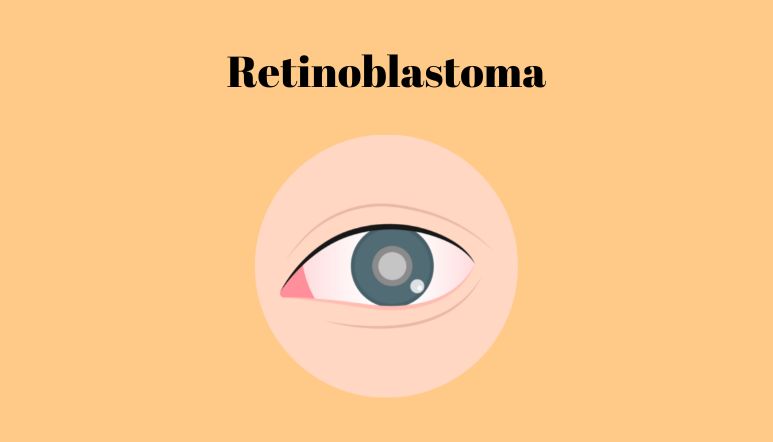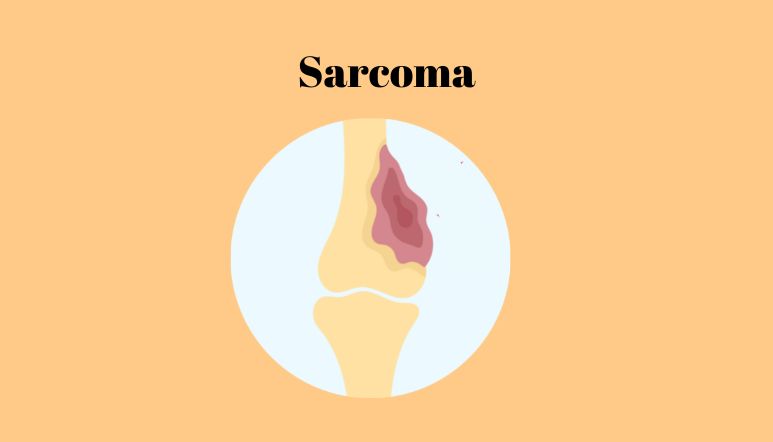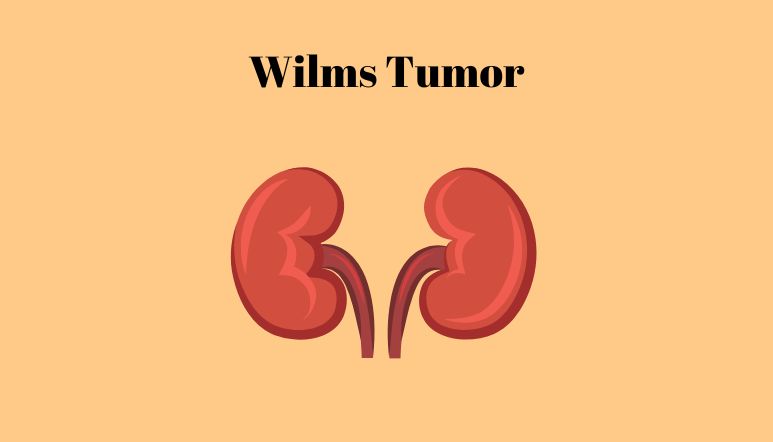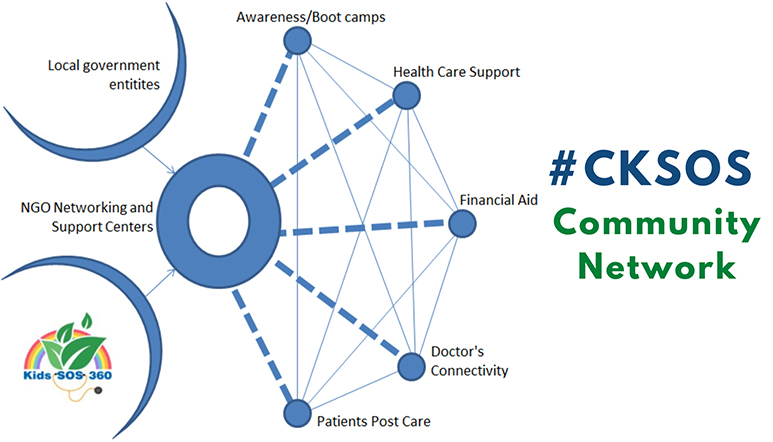- Contact Number : +91-81695 11577
- Email-Id : info@cancerkidssos.org

Neuroblastoma
WHAT IS NEUROBLASTOMA?
- NEUROBLASTOMA arises from the sympathetic nervous system: in the adrenal gland and sympathetic nervous system anywhere from neck to pelvic cavity. It is commonly diagnosed at around 20 months of age and mostly occurs below 5 years of age. This tumor has a variable clinical course from benign to malignant counterpart where outcomes are dismal.
WHY DOES NEUROBLASTOMA OCCUR?
- Most of the Neuroblastomas are sporadic, about 1-2 % percent of tumors are familial and they can have multifocal disease and present early in life.
WHAT ARE THE SYMPTOMS OR RED FLAGS AND WHEN SHOULD YOU MEET THE DOCTOR?
- The symptoms or red flags depend on what site the tumor arises-
- Neck - palpable swelling on the side of the neck.
- Thorax – frequent respiratory infections.
- Abdomen- pain, distension, hard mass palpable.
- Pelvis- Urinary dysfunction, Constipation or fecal incontinence.
- Para spinal tumor- Back pain (radicular), Scoliosis
- Spinal cord compression/paraplegia.
- Some additional symptoms can be:-
- Hypertension. ( increased blood pressure)
- Weight loss, Anorexia, fever.
- Bone pain due to bone metastasis.
- Periorbital Ecchymosis (raccoon eyes/panda eyes).
- Opsomyoclonus syndrome (OMAS)-dancing eyes and jerky (involuntary) movements.
- VIP syndrome (Kerner-Morrison syndrome)-intractable diarrhoea.
- The parents of children need to be very vigilant and observant. Doctor consultation is a must even if a few of the above symptoms are present in the child.
HOW DO WE DIAGNOSE NEUROBLASTOMA?
-
Neuroblastoma can be diagnosed by conducting the following tests:-
-
Laboratory tests
-
Routine blood investigations.
- Urinary VMA levels -24hours/spot.
- CECT/MRI depending on local site.
- MIBG/PET-CT for metastatic workup.
- Bilateral bone marrow aspiration and biopsy.
- Tissue diagnosis- Image guided biopsy from the tumor or if it is a non - metastatic small tumor, we can do upfront surgery. It would include Histopathology, IHC, N-Myc amplification and chromosomal aberrations.
-
WHAT DOES RISK STRATIFICATION MEAN?
- Like most of the paediatric tumors, Neuroblastoma are staged and risk stratified before starting the treatment. This involves age, local stage, and metastatic disease, type of tumor, chromosomal aberration and N-Myc amplification. The risk stratification helps to define treatment and outcome.
WHAT ALL TREATMENT WILL MY CHILD UNDERGO FOR NEUROBLASTOMA?
- Low risk disease might only need observation or only surgery depending on the location and presence or absence of life threatening symptoms. The intermediate and high risk the treatment in intense and high risk includes bone marrow transplant as well.
Search
Recent Post

Retinoblastoma
01 Jan 1970
Sarcoma
01 Jan 1970
Wilms Tumor
01 Jan 1970
Neuroblastoma
01 Jan 1970Category

Click Here To Book An Appointment
Quick Links
Recent Publications Recemt EventsNeed Help For Your Patient
 Refer A Patient
Refer A Patient
 Expert Opinion
Expert Opinion
 Joint Clinic Discussion
Joint Clinic Discussion



 Please wait...
Please wait...